Varun Aditya’s journey is one of dedication and perseverance. A journey that found his calling in photography and a passion that derived from nature. In this interview he takes us through that journey and more: Excerpts
How did photography happen? And how did you go about pursuing this dream?
I was doing my post-graduation in London and being an introvert, I always wanted to travel to open up. Aided by the fact that my parents were also travellers, that and the Western Ghats close to the Coimbatore where I resided influenced me a lot. I bought my first camera at the end of 2010 and shot London and posted that on social media platforms of those days. I started getting appreciation and that motivated me a lot.

Once while clicking an aircraft I accidentally clicked a bird in flight and got fascinated with the image. I tried recreating it, but realised that it wasn’t easy and that you have to follow their pattern. The more I started following nature, I started falling in love with it. That is how nature and wildlife started. In 2013, I started doing safaris, my first safari was in Bandipur, Karnataka and that is where I saw my first tiger, leopards and spotted deer’s and all these beautiful animals made me fell in love with nature. And that’s when I realised that this is my passion.
What inspires you about wildlife photography?
Nature, light and the animals. In my journey to understanding nature and photography, somewhere in between I fell in love with light, especially after my first safari in Bandipur. I play a lot with light and that is what inspires me when it comes to animals as well. And the more time I spent in nature with animals, I really started liking them a lot. As the saying goes ‘animals are better than humans’, I genuinely feel that they are more responsible than us. They do a lot more than human beings and I have really learnt from animals.
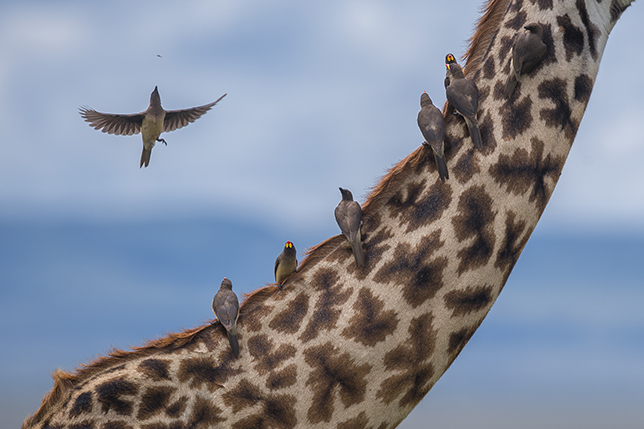
What are the practical difficulties that a photographer faces while shooting wildlife?
The practical difficulty that we face are unlike the other genre, except street photography. Wildlife and street photography are similar, nothing’s going to pose for you. Wildlife photography gets even trickier because the practical difficulty we face is that we got to be lucky, you really can’t create the scene. You have to wait for the scene, decide and be active with your presence of mind.
You get less than 60 seconds to shoot a cat in the Indian jungles since they are thick. Which means you have to be there at the right time, the right moment, right weather, right light and the right background. If these factors don’t align, then it is something that you have to master, which I am also in the process of doing. But in this pandemic, I have learnt that when you limit yourself with what you have then you can sharpen your creative skills. I worked on that during this lockdown and realised the difference it made when I did my first safari post the lockdown in Bandipur.
What level of research is needed before going out on the field? Is it important to know a lot about animal behaviour to get the perfect shot?
There is a lot of research that we do, but my secret is that I usually prefer to go to places in the off season. For instance, when I wanted to go Masai Mara, I went in the off season and got the idea about what I had to do for the next 10 trips. It is also advisable to go as per the weather conditions, I choose a place according to the weather, like if it is the best to go to Masai Mara is between August or September then I prefer going in November when no one would show up because of the rain. But now with global warming things are becoming unpredictable in terms of the weather as well.
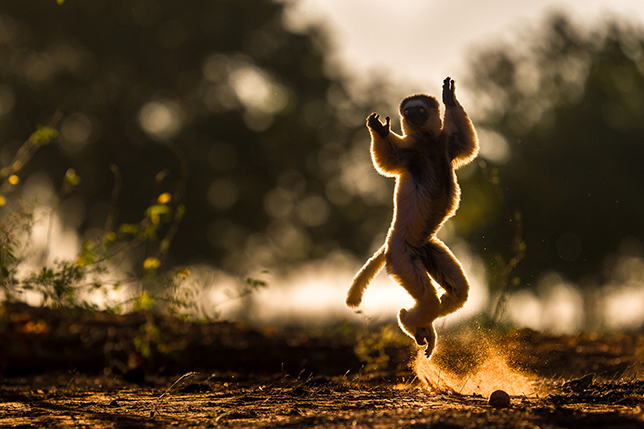
Animal behaviour is important and I have learnt a lot from my mistakes over time. For instance, I would photograph lions during the day in Masai Marawhen they would only sleep. Since they sleep for over 18 hours during the daytime, they are awake in the night, which is the best time to photograph them. Similarly, capturing a cheetahwhile hunting. It is important to know that a cheetahalong with their cubs hunt a lot more, so tracking when was their last meal. This helps in being at the right place at the right time.
Another example closer to home when we track tigers and leopardsthen they always choose the same path most of the time. Or birds, they always visit a place at the same time, especially when they are feeding. These are the animal behaviours that we learn eventually from our experience which is very fascinating to learn.
How can you as a photographer help protect wildlife and conservation?
As a photographer, there are two ways that you can help in conservation. You can ask your followers to visit safaris since half of that price goes to conversation. You can also spread positivity with your pictures as a photographer. Another way to contribute is to donate to wildlife societies that work on wildlife conversation. As a wildlife photographer we can influence viewers with our pictures and I am proud to be such an influencer, since it really works.
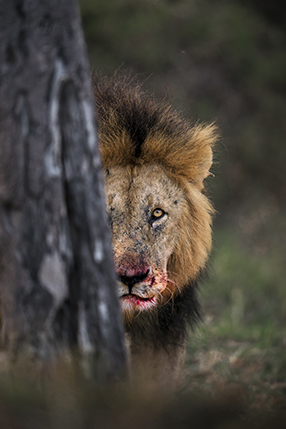
Are there any species/animals that you will happily photograph again and again?
I am not a species driven person, to me an elephant or a pen or my mom is all the same. I try my best to capture that frame and convey a story. For me it is all about composition. But having said that, any monkey family gives you a lot of photography opportunity and that’s what I love about monkeys. Because whenever I find them they are always active, they do something or the other and support my frames. So yeah if I want to photograph any animal/species that will be any monkey.
Your image for Nat Geo’s Nature Photographer of the Year for animal portrait is incredible. How did you get that?
It was with my friend Arvind Ramamurthy who decided to go there. A place called Amboli, and it comes alive when it rains with a lot of frogs, snakes, etc. We went there to photograph the Malabar Gliding Frog and that was the first day out in the woods, we went there for three nights. We started photographing frogs and my friend spotted a Green Vine Snake, it was just 15-16 cm, very small.
The environment was beautiful and I decided to change to a wide lens from a macro lens. Others were reluctant since it was raining, but I don’t really care about the gear, I care more about the picture. So I shifted from macro lens to wide angle 16-35mm f/4 lens and I started photographing. It was really challenging as the picture was getting fogged up a lot because it was raining again and again, I had to clean the lens front element and click every time. The picture was foggy so I had to use the dehaze in the post-processing a lot which I don’t usually do. Thanks to the snake it stayed there posing for about 15 minutes.
It was a beautiful learning experience for me because that particular picture of Green Vine Snake, I named it ‘Dragging you deep into the woods’. I loved the image and the composition really conveyed the story I wanted.

Post-Processing of images has now become a common trend. Do you advise its use?
Post-processing actually depends on the image, I sit on an image for 5 minutes to an hour depending on what the image or the scene demands. I usually look for backgrounds and if I find the subject first then I follow two main rules, avoid what is distracting and include what is good. And the same thing in post-processing avoid what is distracting and enhance what is good, so it is an art of enhancing. It is really important to embrace the trend.
It was really tough for me to start learning post processing, but it is such a beautiful thing and altogether a different art of enhancing images. Our cameras do not have a capability of our eyes, our eyes have HDR, it can balance highlights and shadows and our cameras can’t do that. I don’t like cloning, removing or adding a subject. That is called digital manipulation and it works for people who like it. That is a different art. My peace comes in when I do what I love. For me it is the basic post-processing which includes highlights, shadows, whites, blacks, a bit of vibrance, I use a lot of brush as well and just the fundamentals. I would recommend people to use it, it is a good thing.
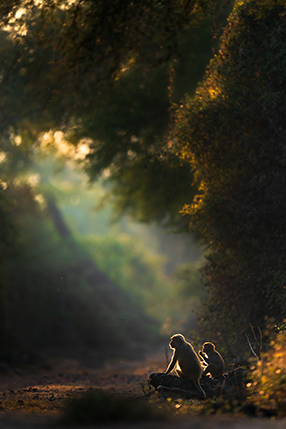
What advice would you give to young photographers who are just starting out and considering pursuing a career in wildlife photography?
My advice would be that passion will find you, don’t go searching for it. Be alive, keep thinking about what you are good at and keep trying new stuff, be adventurous. You never know what knocks your door and that can be your calling. The advice I would like to give being a wildlife photographer, to make a living out of wildlife photography is really tough. I spent six years jobless, a good portfolio on Instagram and Facebook and my website and I have one or two books as well. It took time and also it took two awards for me to get the confidence to do it professionally.
There are two ways to earn professionally in this genre. One is to teach and other is to collaborate with brands. I started teaching in 2016 by way of workshops and photography tours. And now with the number of followers that we have we approach brands that pay us.
It took me six years and it can be less for you with the world growing, be good at your work and try to be unique that’s the main thing I would say.
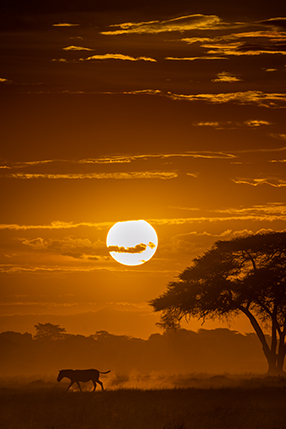
What are your favourite places to shoot and if you could recommend some places for our readers to shoot at?
I choose places depending on the weather, so the bunch of places that I can recommend if people are from North then I will suggest Jim Corbett in the end of April, May and June for the elephants and Kaziranga at the end of March or April when it starts to rain. I recommend Kabini for the beautiful trees and leopards and lot of cats. I recommend Kanha for the jungle since it is beautiful.
If you are looking for a National Park then it is Bandipur, Kabini as all the South India national parks are open throughout the year. I recommend Ranthambore for a lot of tigers in unique habitat, but I still to visit Ranthambore not in summer but in monsoon and winter season if you want some great photographs, starting from November to January the park is closed, sometimes they open the Zone no. 6 and 10 and maybe Zone no. 7 as well.

